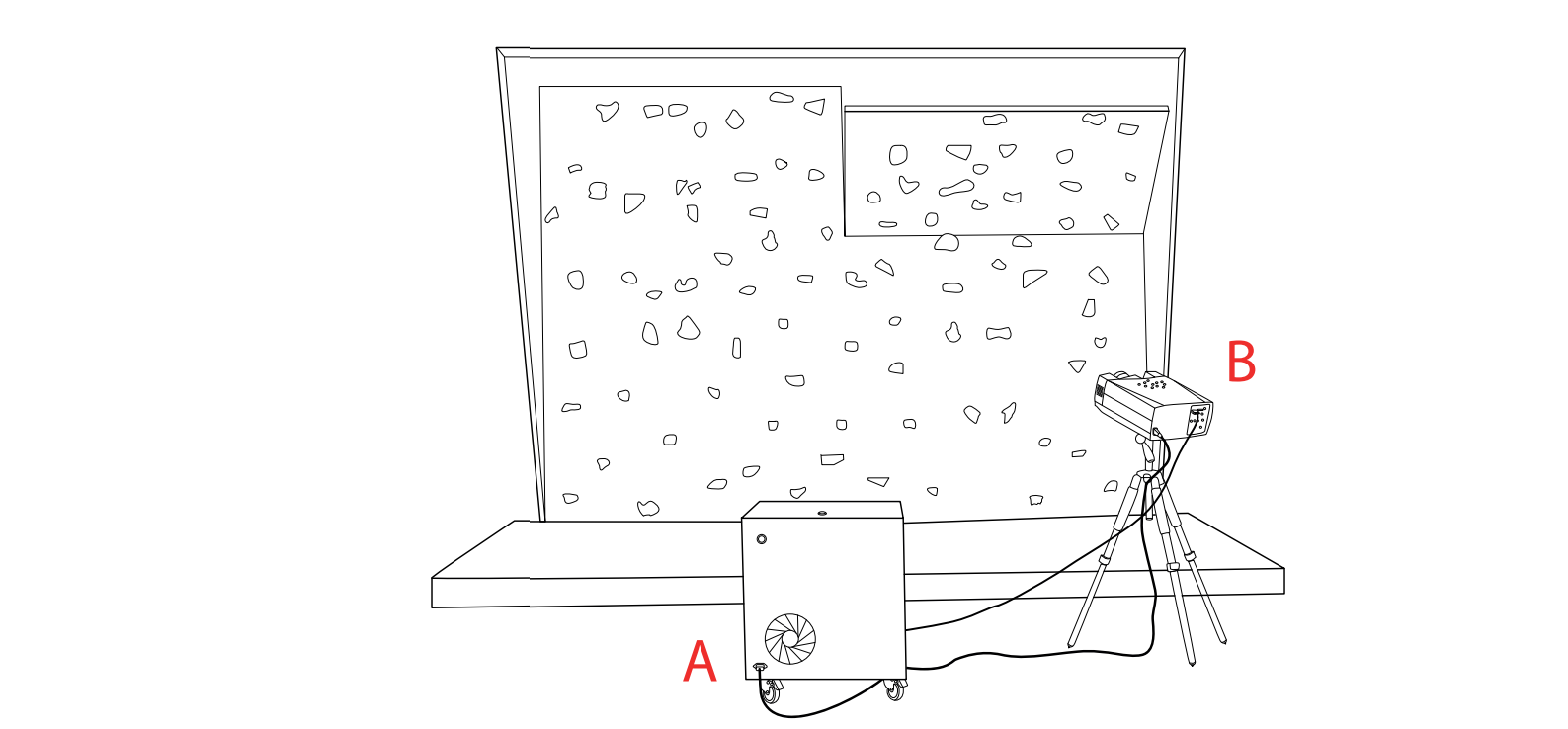Climbing in the Virtual Reality

Virtual reality (VR) climbing systems registering physical climbing walls with immersive virtual environments (IVEs) have been a focus of past research. Such systems can provide physical user experiences similar to climbing in (extreme) outdoor environments. In this research area we contributed the design and implementation of several VR climbing prototypes as well as studies on perception while beeing immersed in a climbing VE.
Kosmalla, F., Zenner, A., Speicher, M., Daiber, F., Herbig, N., & Krüger, A. (2017, May). Exploring rock climbing in mixed reality environments. In Proceedings of the 2017 CHI Conference Extended Abstracts on Human Factors in Computing Systems (pp. 1787-1793).
Kosmalla, F., Zenner, A., Tasch, C., Daiber, F., & Krüger, A. (2020, April). The Importance of Virtual Hands and Feet for Virtual Reality Climbing. In Extended Abstracts of the 2020 CHI Conference on Human Factors in Computing Systems (pp. 1-8).
Kosmalla, F., Daiber, F., & Krüger, A. (2022, April). InfinityWall–Vertical Locomotion in Virtual Reality using a Rock Climbing Treadmill. In CHI Conference on Human Factors in Computing Systems Extended Abstracts (pp. 1-6).
Giving Real-Time Feedback During Climbing
 Since climbing is a complex sport that requires a substantial amount of focus during performance, fitting feedback channels need to be used to communicate with the athlete during an ascent.
We conducted a set of studies, investigating differnt feedback approaches.
Since climbing is a complex sport that requires a substantial amount of focus during performance, fitting feedback channels need to be used to communicate with the athlete during an ascent.
We conducted a set of studies, investigating differnt feedback approaches.
Kosmalla, F., Daiber, F., Wiehr, F., & Krüger, A. (2017, October). Climbvis: Investigating in-situ visualizations for understanding climbing movements by demonstration. In Proceedings of the 2017 ACM International Conference on Interactive Surfaces and Spaces (pp. 270-279).
Kosmalla, F., Wiehr, F., Daiber, F., Krüger, A., & Löchtefeld, M. (2016, May). Climbaware: Investigating perception and acceptance of wearables in rock climbing. In Proceedings of the 2016 CHI Conference on Human Factors in Computing Systems (pp. 1097-1108).